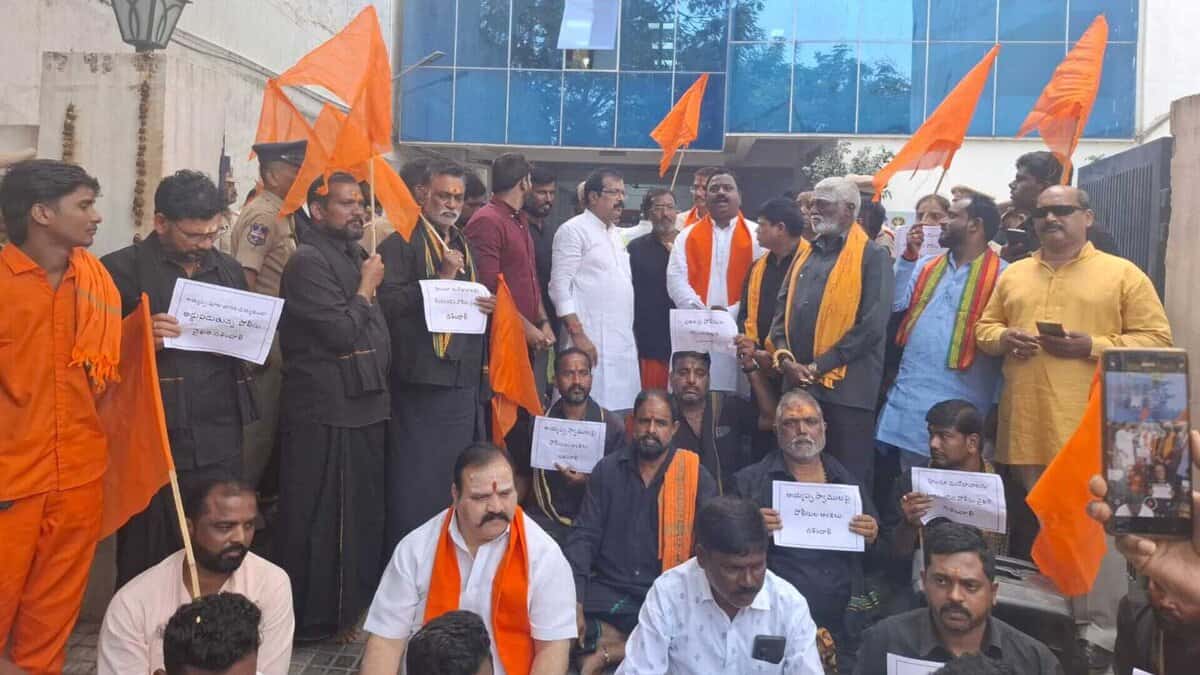India has emerged as a ‘major power’ after Operation Sindoor, according to the Asia Power Index 2025.

India Military Power: India has emerged as a “major power” owing to a stellar military showing against Pakistan during Operation Sindoor, and is ranked the world’s third strongest military power after the United States and China, as per the Asia Power Index 2025.
How Operation Sindoor boosted India’s power ranking?
According to the recently-released index by the Lowy Institute– an Australia-based think tank– India has a total score of 40 on the list, edging out Japan by a slim margin of 0.9 points to be ranked among the three biggest military powers. Only US (80.4) and China (73.5), are ahead of India, which remains on the cusp of becoming a military superpower if scores above 40 on the index.
The Asia Power Index 2025 credited India’s powerful performance during Operation Sindoor as the reasons for the gains, saying that “for the most part, these gains were from improved expert appraisals of its capability, which were likely influenced by India’s performance in Operation Sindoor, launched in May 2025, which added to India’s recent combat experience.”
As per the Index, both economic and military capability of India have steadily increased in 2025, while the country has also made small gains on the geopolitical scene. “Its economy has continued to grow strongly and made small gains in terms of its geopolitical relevance — defined in terms of international leverage, connectivity, and technology. India’s military capability has also improved steadily,” it said.
Cultural influence another bright spot
The Index noted India also witnessed a marginal improvement in diplomatic influence due to frequent bilateral engagements and expert views, suggesting an improvement in the quality of India’s diplomatic service.
Further, the think-tank said India has overtaken China as the second-largest destination for inward investment after the United States, based on cumulative flows over a decade, which it said was driven by global supply-chain diversification and India’s growing attractiveness as an investment hub.
The Index also highlighted India’s cultural influence as another bright spot for the country, with increased mobility of people, surging tourism inflow, and improved air connectivity strengthening India’s presence across Asia.
What are the challenges?
However, on the flip side, the think tank noted that the giant structural gap between India and China has widened even further, which presents a major complications in New Delhi’s plans to shape a multipolar regional order.
First unveiled by the Lowy Institute in 2018, the annual Asia Power Index, which ranks Asian countries on the basis of resources and influence, observed that while India’s s power in Asia is growing at a steady pace, it lags well behind the potential presented by the country’s resources.
Operation Sindoor- How India decimated terror infra in Pakistan?
Earlier this year, on the intervening night of May 9th and 10th, the Indian Air Force with active support of other forces struck Pakistani Air Bases spanning the length and breadth of the country and in the process also, crippled their Chinese supported Air Defence systems.
The IAF fired about 15 BrahMos missiles, targeting Pakistan’s military infrastructure to disrupt the enemy’s ability to launch aircraft and other operations, ANI reported, citing sources in the Defence establishment.
Along with BrahMos missiles, the indigenously developed Akash surface-to-air missile air defence system has played a key role in thwarting Pakistani drone attacks targeting Indian assets.
Operation Sindoor was launched after Pahalgam terror attack to give a “befitting reply” to Pakistan for their terror-related activities. Indian Armed Forces destroyed nine terror infrastructure sites in Pakistan and Pakistan-occupied Kashmir in air strikes on May 7.
Following Pakistan’s retaliatory attacks, Indian Armed forces significantly damaged their air force bases on the intervening night of May 9th and 10th, including Nur Khan base. Later, a cessation of hostilities was agreed upon by the DGMOs of both countries.

















































